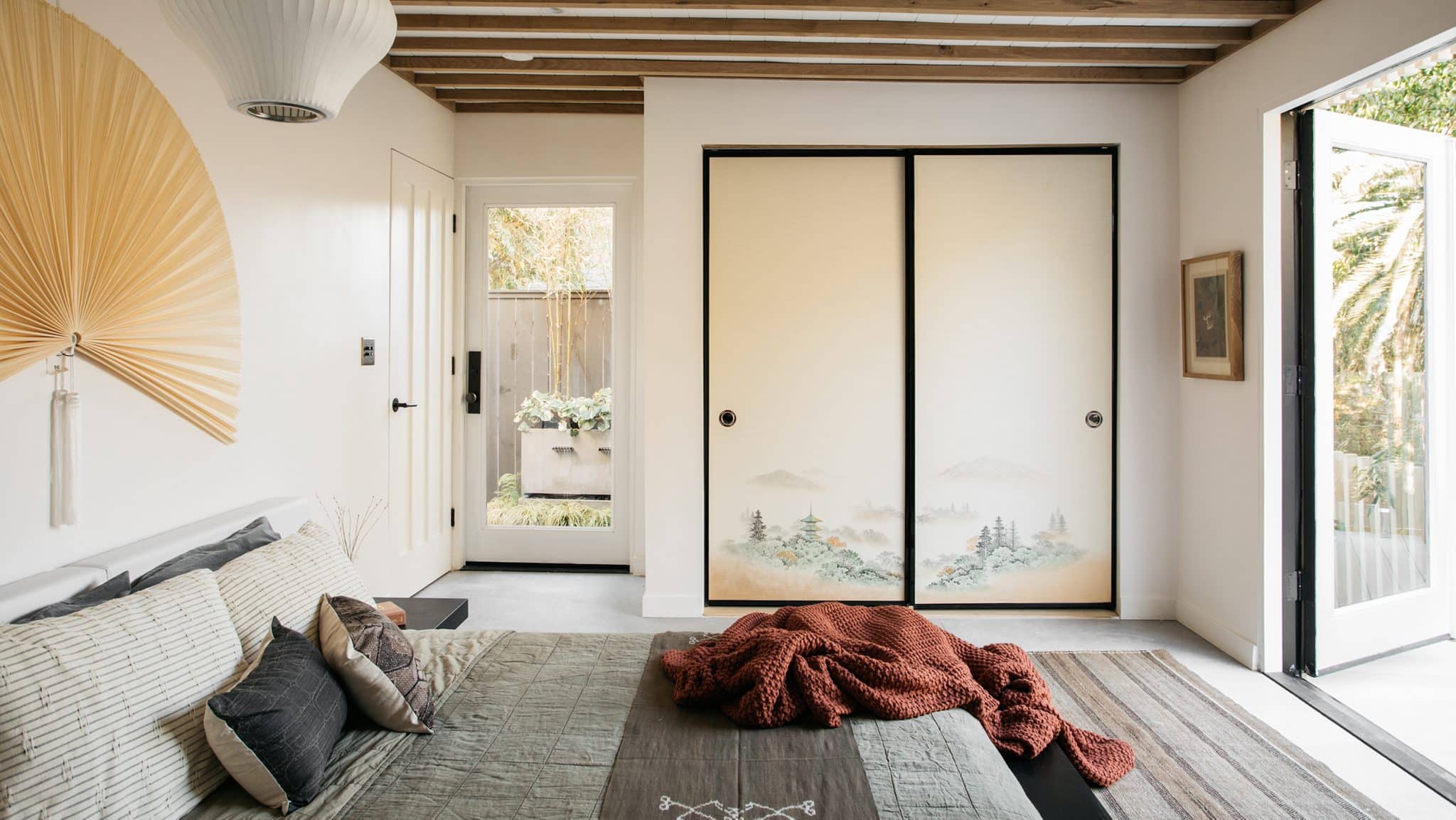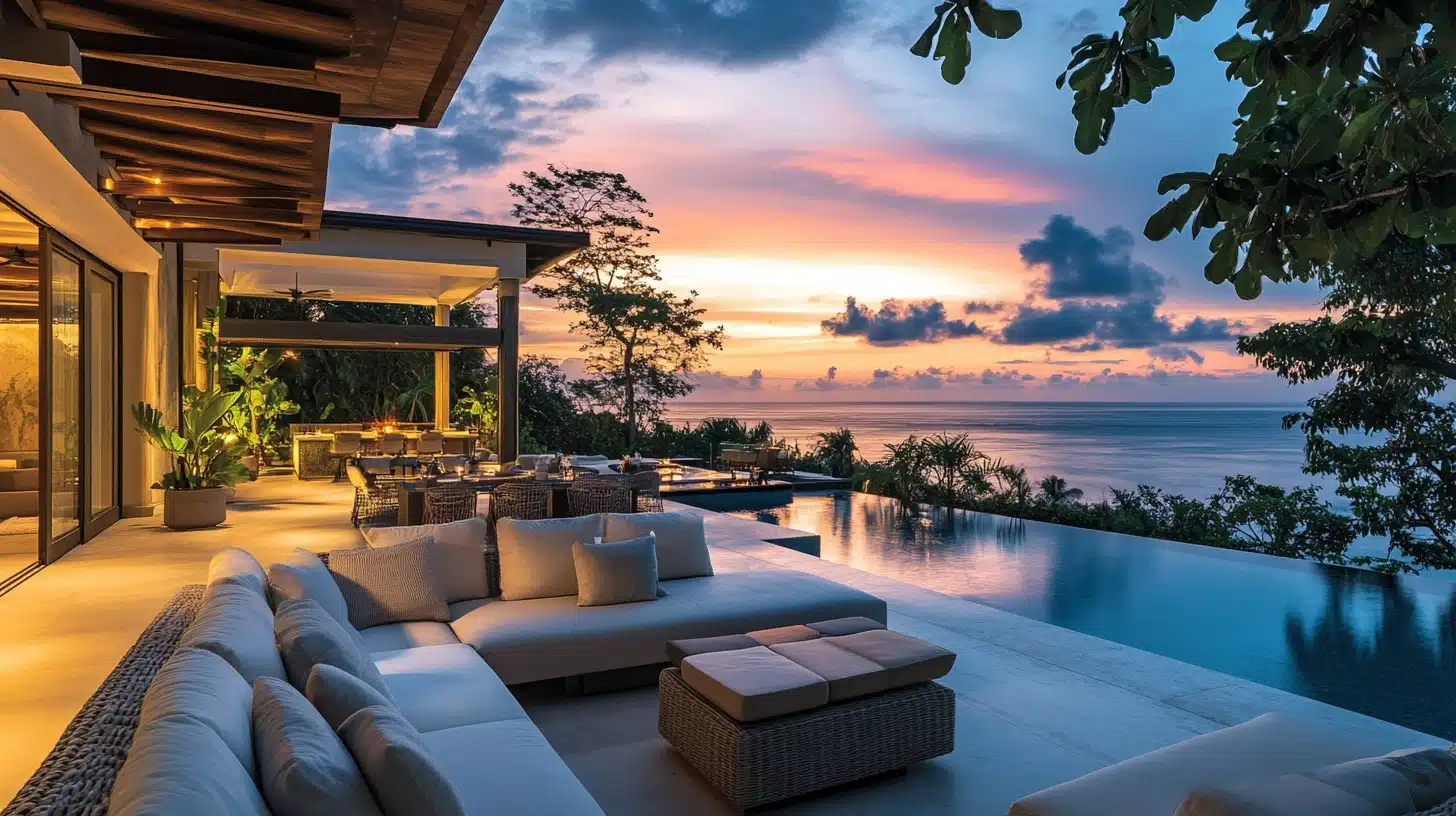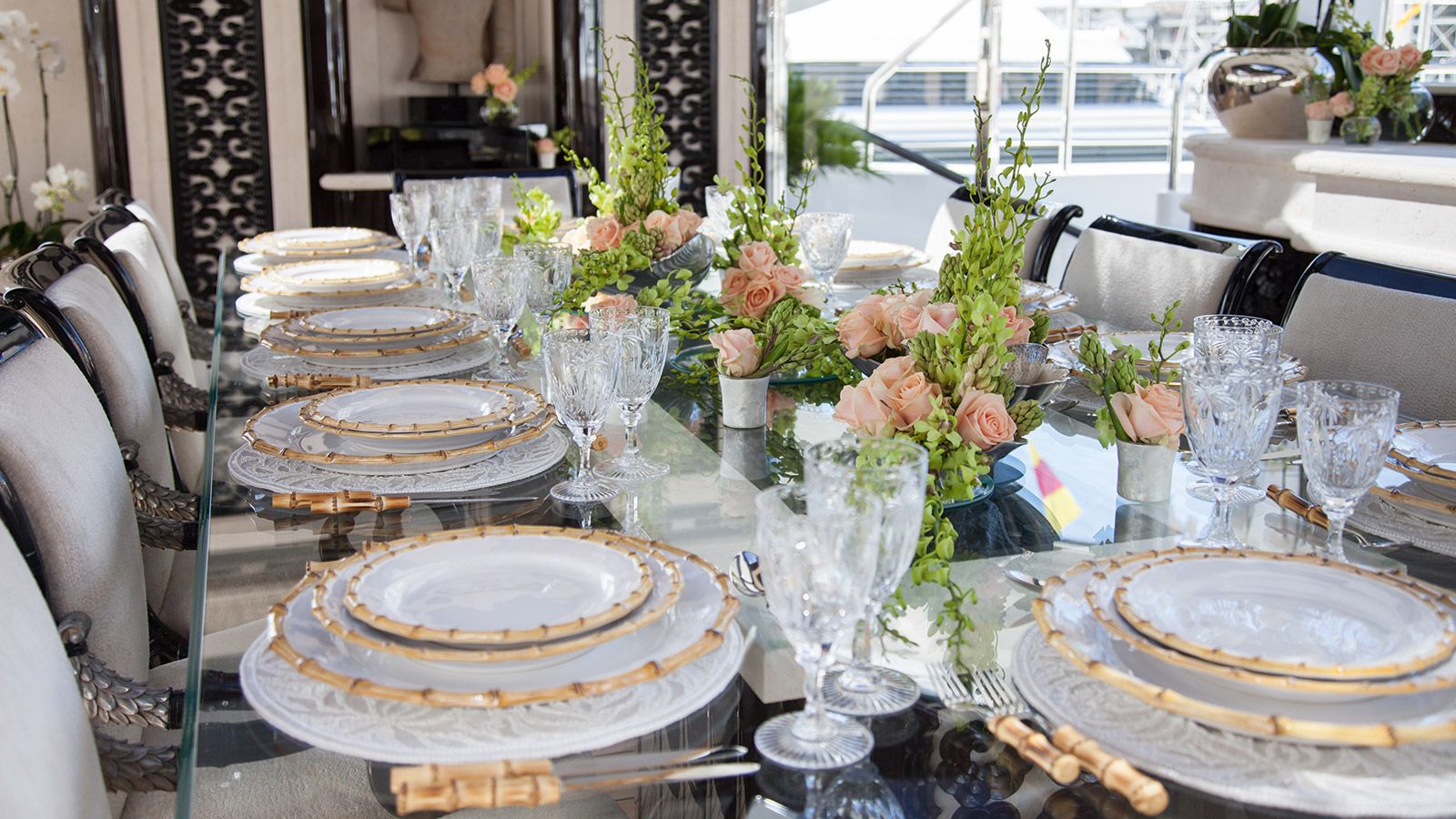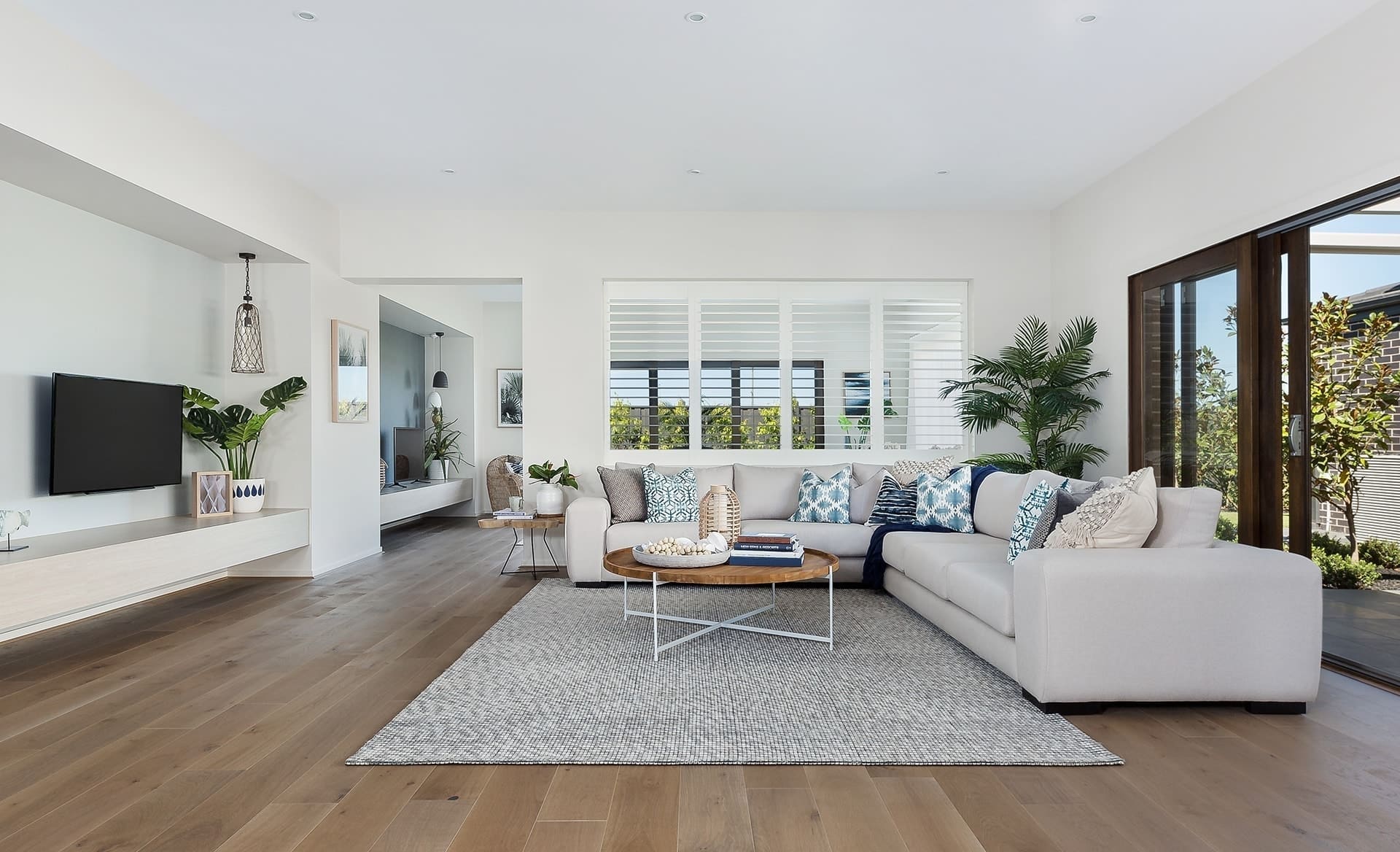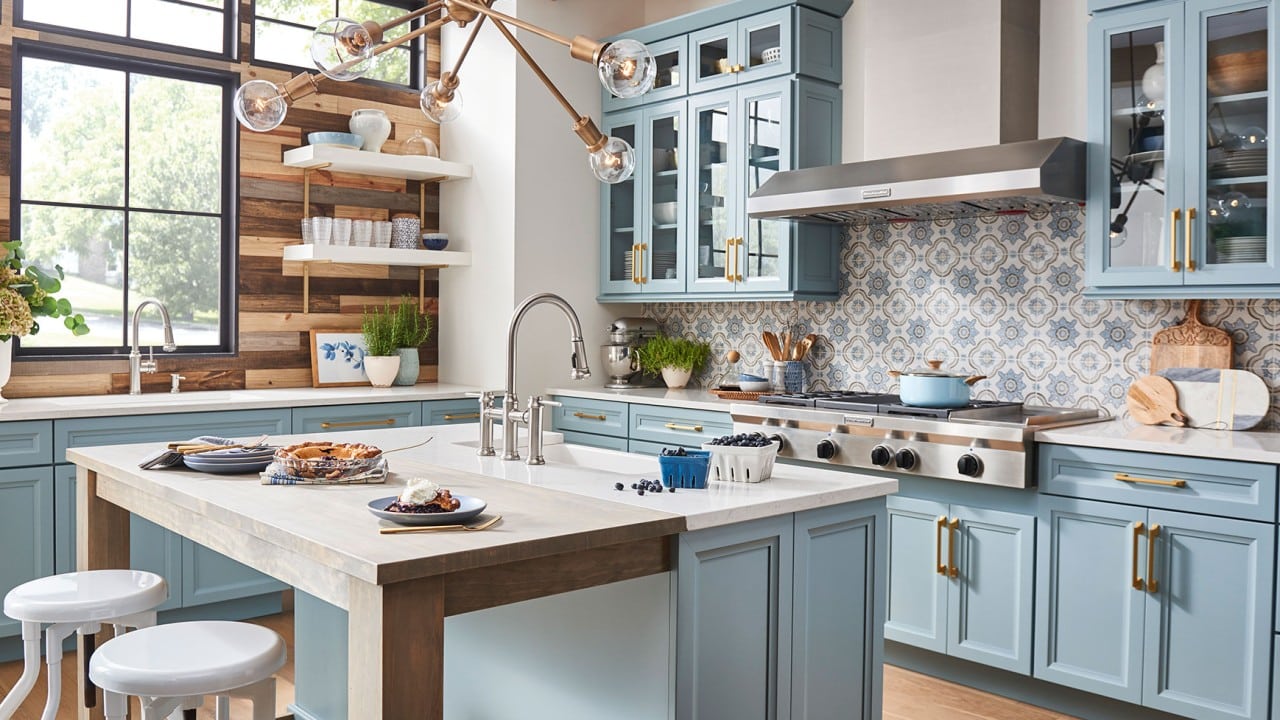11 Ways to Incorporate Japandi Design Into Your Home Decor
Japandi, also known as ‘Scandinise,’ ‘Japanordic, or simply Japanese minimalism, is a blend of traditional Japanese design and Scandinavian furnishing. Do you find the Japandi interior design interesting?
Both Scandinavia and Japan have the same underlying design principles: a deep appreciation for efficiency and minimalism, as well as great regard for nature and craftsmanship. This is true despite the stark cultural and physical differences between the two cultures.
Japandi conveys a serene impression as though it has been touched by peace and beauty. This expression says “Japanese” without actually saying anything and conjures up images of Scandinavia, even if you’re nowhere near Scandinavia.
Japandi interior design also has some similarities to zen philosophy. Japandi believes in not overdoing home décor, making your abode look beautiful as well as minimalist at the same time.
Now, if you also want to bring the Japandi vibe to your room, you can follow the steps mentioned below:
1. Warm Palettes In Japandi Interior Design

The major color schemes in Scandivania are grey, white, and brown, while the colors that most people prefer in Japan are pastel shades of the sky, plants, and earth. These colors are blended perfectly to create a natural landscape and evoke an earthy feeling.
2. More Craftsmanship To Accentuate Japandi Interior Design

Since you are already familiar with Japandi aesthetics, let’s move on to discussing how to furnish a space in the Japandi style. The furniture has definite handmade quality. Wood is cheap, plentiful, and versatile, so most Japanese furniture is made from it. However, Scandi’s design strongly emphasizes minimalism and warmth; the combination encourages the production of stylish, functional furnishings and decor.
3. Simple and Sober
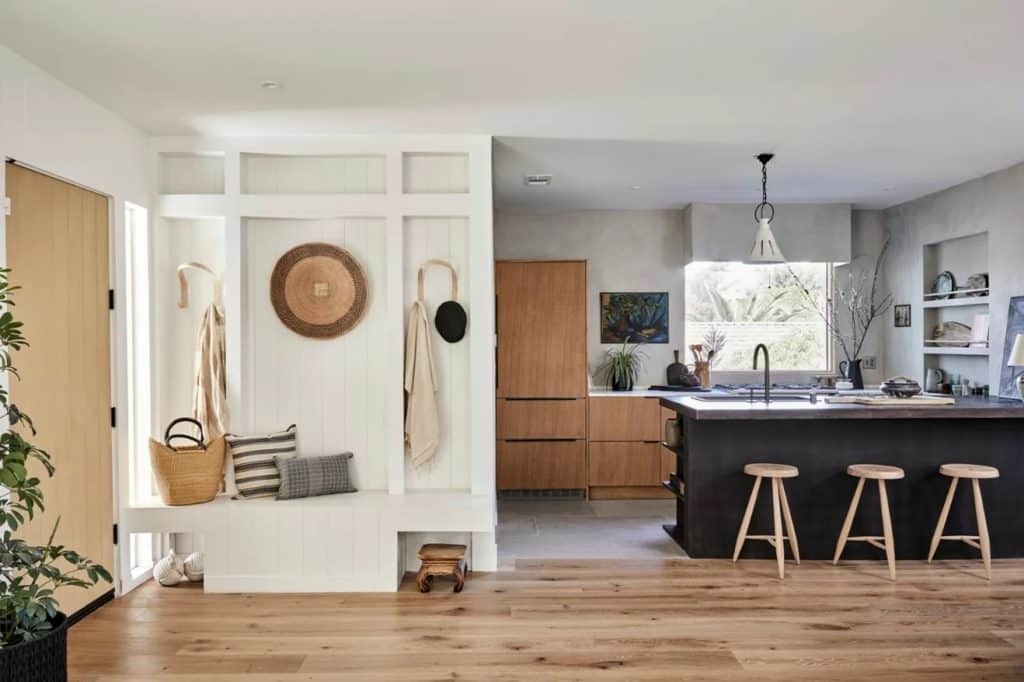
Japandi interior design evokes a style that is purely raw and organic. It features solid, clean shapes throughout all of the rooms. The elements in the Japandi style are cozy and substantial. Thus, this design ensures utmost comfort without cluttering the space. The interiors imitate exceptional aesthetics while prioritizing functionality over frills. If you want to implement Japandi décor in your room, go for hemp, terracotta pots, sisal rugs, and timber.
4. Comfortable and Cozy

Japandi décor, after the minimal designs, places the highest priority on comfort. The bedding, a few pieces of art, and a few throw cushions serve as the sole decorative accents in the bedrooms, which are primarily minimalistic.
5. Add Stripped Furniture For That Japandi Interior Design Look

It is the most essential and valuable element in the Japandi style. Thus, it needs to be simple with mild hues. And to create a contrast, the décor should be kept to a minimum while the furniture is kept vivid.
The use of a low -profile furniture is also one of the defining characteristics of Japandi interiors, as being close to the earth intensifies the calmness and tranquility while providing the Japandi interior a pleasant and calm look.
The Scandinavians mostly employ Oak, Mahogany, Pine, and Teak, whereas the Japanese have easy access to Cedar (sugi), Red Pine (Akamatsu), and Cypress (hinoki). Create a contrast between light and dark woods to incorporate both wood tones into your Japandi home.
6. Inclination to Nature

A Scandinavian-inspired home décor serves as a fantastic foundation for accentuating the natural landscapes. Sand-colored canvas or basic line art can be used to match it. While both Scandi and Japanese prefer greenery when it comes to home aesthetics, the Japandi style emphasizes fewer yet bigger plants. If you are a fan of decorating your house with plants, you can go for large ceramic pots with plants that have delicate branches to equate to colorful vignettes.
7. Go Japandi with Your Bathroom as Well

The best way to have a nice bath lies in the lap of nature. And the Japandi style aims to bring this aura to your house. To experience this zen feeling in your bathroom, you have to make sure that your bathroom has enough space so that you can treat your body freely without any clutter. If you have a bathtub, consider making it the centerpiece of your bathroom to highlight the Scandanavian design.
8. Add Simple Pops of Color

Japandi style focuses on keeping everything minimal, and the usage of pastel colors matches this idea. Still, people would want to have some colorful accents in their dwellings. Thus, if you choose to add a color pop, try to abstain from using things that have simple lines or patterns. The best way to make some colors stand out in your rooms is to add a natural element, like a lush green indoor plant or a bright-colored carpet.
9. Flooring

Japandi flooring is often made of hardwood, but you may choose the color for your room to be either light or dark. The flooring can occasionally be set up in a herringbone pattern. A lovely natural rug with a cream-toned color will offer Contrast to deep-brown timber floors.
10. Create Contrast

To attain the ideal Japandi interior design, you have to make sure that your color choice can create a subtle contrast. E.g., if your kitchen walls are painted in nude pastel color, you can enhance the look of the room by adding a bit of a darker shade of the nude color. You can go for cabinets with dark brown or black shades to make your kitchen look more vibrant yet stay true to the Japandi design.
11. Enhance Japandi Interior Design With Wall Texture

If you ever go to a Japanese house, you will find walls made in bamboo or cedar panels, and Japandi interiors project walls in a similar fashion. It is a great technique to give a plain area an aesthetic appeal. You can either go with very minimal patterns and textures on the wall or can also add vertical wood strips to enhance the Japandi culture.
Conclusion
The timeless elegance of ancient Japanese features and Scandinavian modernity are combined in Japandi design. The ambiance that arises is a highly appealing aesthetic balance, ideal for individuals looking for a style that combines eastern and Western cultures.
You may design a house that is warm, practical, and visually gorgeous by carefully incorporating the ideas of hygge and wabi-sabi into your decor.

